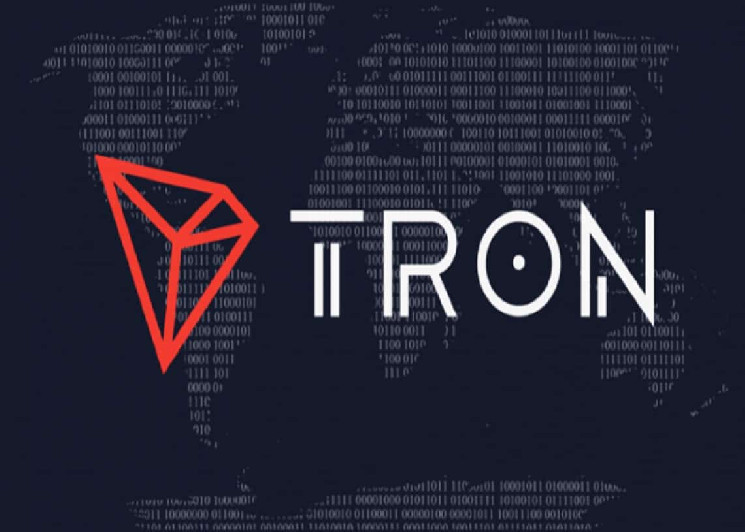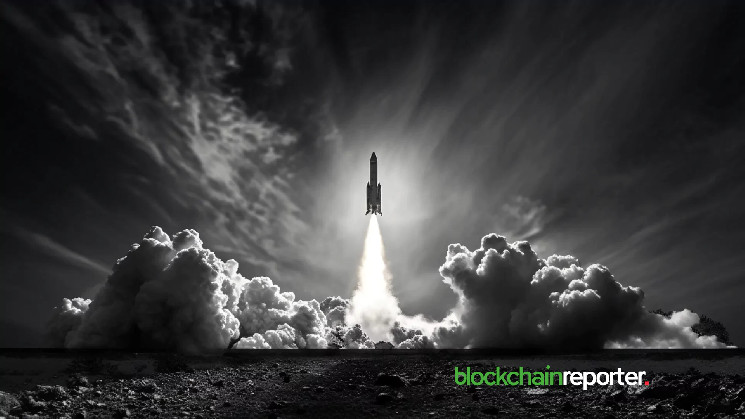Economist Timothy Peterson recently conducted an analysis suggesting that Bitcoin’s difficulty growth rate could lead to a potential surge in BTC price to $100,000 by the year’s end.
Bitcoin’s difficulty rating, a measure of the challenge in mining new blocks on the blockchain, undergoes adjustment every two weeks to maintain a block time of approximately 10 minutes. The metric increases with more miners and computing power but decreases when miners exit. Bitcoin’s decentralized design and transparent difficulty adjustments prevent any manipulation by a single entity.
Peterson highlights the close relationship between Bitcoin’s difficulty and its price. As difficulty rises, the energy cost per mined Bitcoin also increases, prompting miners to balance expenses against potential rewards. Higher Bitcoin prices make mining profitable despite rising difficulty levels. Conversely, a price drop may lead to some miners exiting, reducing computational power and difficulty.
The economist points out a feedback loop between Bitcoin price and difficulty. Higher prices attract more miners, thereby increasing difficulty and supporting even higher prices. This cycle also drives miners to enhance efficiency and maintain stronger network support. The market seeks equilibrium where energy costs align with Bitcoin’s price.
Based on these observations and existing trends, Peterson predicts a year-end price range of $60,000 to $90,000 for Bitcoin. The high difficulty level indicates robust network security that upholds higher prices, while energy costs establish a price floor. Nevertheless, the potential for increased adoption and positive market sentiment could propel the price towards $100,000.
*Please note that this information is not intended as investment advice.









